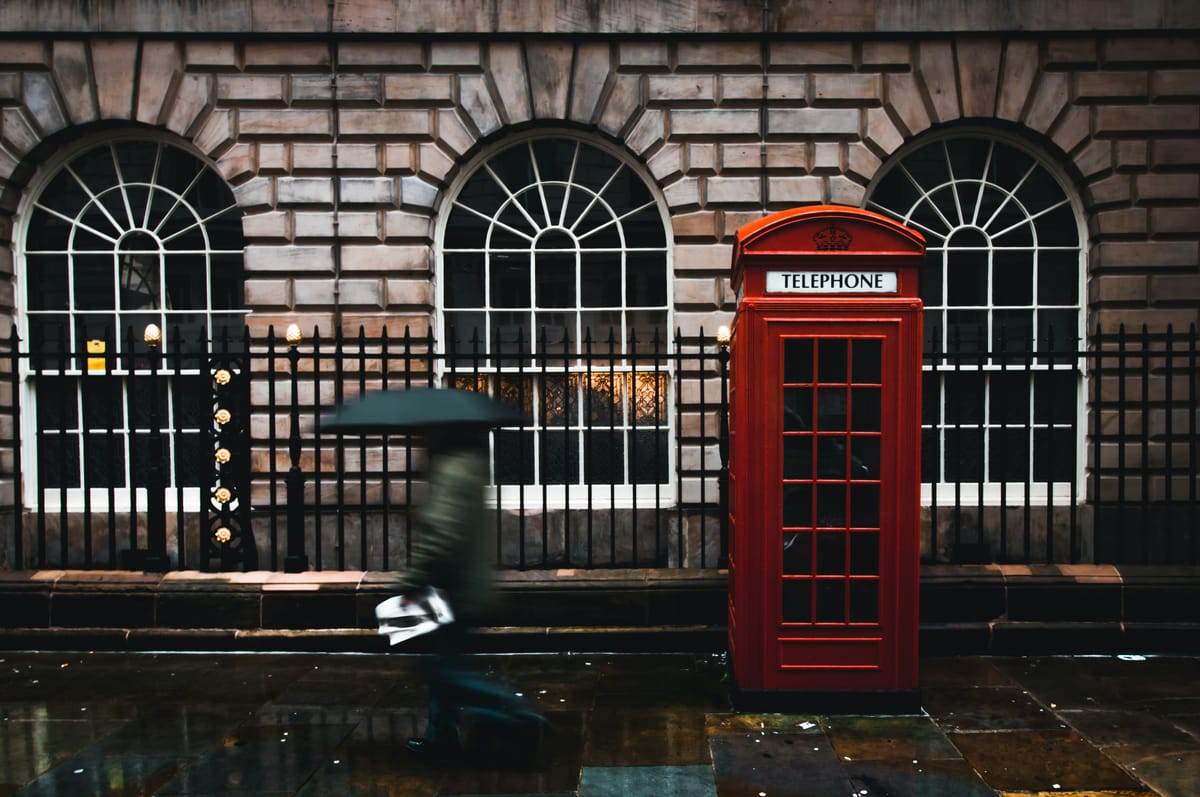Why the Red Telephone Box?

When I think about the red telephone box, two things immediately come to mind. First, it’s an iconic symbol of London, the city where I currently live and work. Second, it serves as a fascinating example of how long-distance communication has shaped our connections with one another. In this blog post, I want to dive deeper into what this symbol represents—not just as a cultural artifact, but as a lens through which we can explore human interaction, influence, and the pursuit of our goals.
Living in London, I’m surrounded by these striking red boxes, standing like sentinels of a bygone era. They’re more than just a charming quirk of British design; they’re a reminder of how communication has evolved and how it continues to define the way we relate to each other. Historically, the spread of public telephones revolutionized society. Before mobile phones and instant messaging, these booths were lifelines—tools that allowed people to connect across distances, share urgent news, or simply hear a familiar voice. They made the world smaller, faster, and more accessible, fundamentally shaping modern communities.
But beyond their practical role, red telephone boxes symbolize something deeper: the power of communication to influence others. Every time we reach out—whether through a call from one of those old booths or a quick text today—we’re engaging in a subtle dance of attention and persuasion. When we talk to someone, we’re often trying to direct their focus toward something specific. Maybe it’s a problem we want them to notice, a perspective we hope they’ll consider, or a decision we’d like them to make. In a way, communication becomes a tool for gently steering behavior—not in a manipulative sense, but as a natural part of human connection.
This idea resonates with me on a personal level. Whether I’m chatting with a friend, collaborating with colleagues, or even navigating family dynamics, I see how my words can shape outcomes. For example, I might warn someone about a potential mistake to prevent a loss—be it time, money, or something less tangible like an opportunity. Other times, I’m encouraging a shift in viewpoint, hoping they’ll see a situation through a fresh lens. These interactions aren’t just about exchanging information; they’re about creating impact. And that impact ties directly to my goals, whether they’re personal ambitions or shared objectives with my family or company.
The red telephone box, then, is more than a relic—it’s a metaphor for intention. Just as those booths once stood as hubs of connection, our conversations today serve as bridges to influence and understanding. But here’s where it gets tricky: not everyone responds the same way. One person might see a suggestion as helpful guidance, while another might interpret it as overreach. This variability is what makes communication both an art and a challenge. It’s not enough to simply say something; the real skill lies in tailoring our approach to the individual, reading their cues, and adjusting accordingly.
In a way, this brings me back to my broader fascination with "reading" people—understanding their motivations and predicting their reactions. The red telephone box reminds me that communication isn’t just about the message; it’s about the context, the timing, and the person on the other end. As I walk past these iconic structures in London, I’m inspired to keep exploring how we connect, influence, and grow together. They’re a nod to the past, yes, but also a prompt to think about how we use communication to shape the future—whether it’s preventing missteps, inspiring change, or simply bringing people closer to our vision.
So, next time you spot a red telephone box—or even just pick up your phone to call someone—think about the power it holds. It’s not just a tool; it’s a gateway to connection, a spark for influence, and a step toward achieving what matters most.

